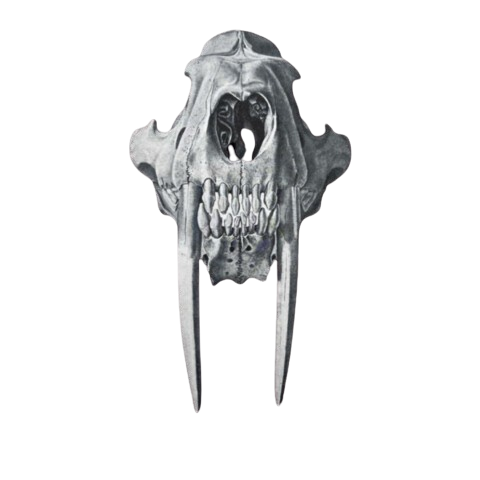
Digging In the Morrison Formation: My Fossil-Hunting Adventures in Wyoming
 The Morrison Formation is one of the most significantly and renowned fossil-rich geological formations in North America, and I’ve been lucky enough to dig there. Located in the rugged landscapes of Wyoming, this Late Jurassic formation (dating back about 156 to 148 million years ago) is a place I have explored many times and every trip reveals something extraordinary.
The Morrison Formation is one of the most significantly and renowned fossil-rich geological formations in North America, and I’ve been lucky enough to dig there. Located in the rugged landscapes of Wyoming, this Late Jurassic formation (dating back about 156 to 148 million years ago) is a place I have explored many times and every trip reveals something extraordinary.
What Makes the Morrison Formation Special?
Stretching across at least 11 western U.S. states, the Morrison Formation is best known for its incredible diversity of dinosaur fossils. But Wyoming’s deposits are especially prolific. The sedimentary layers—formed by ancient rivers and lakes—are ideal for preserving fossils, and they give us a direct look into what life looked like during the Jurassic.
Dinosaurs We’ve Found (and Keep Finding!)
When I’m out in the field, the kinds of fossils we come across never ceases to amaze me. Some of the highlights from the Morrison Formation include:
-
Allosaurus – This large carnivorous dinosaur is perhaps the most famous and abundantly found theropod in the Morrison Formation. Its skull and teeth are iconic, and it’s always a thrill to uncover even a fragment.
-
Diplodocus – With its impossibly long neck and tail, Diplodocus is a classic sauropod. These gentle giants were herd animals, and their fossils are commonly found throughout the formation.
-
Stegosaurus – Everyone recognizes this dinosaur with its signature back plates and spiked tail. It’s an unforgettable experience to spot those distinct vertebrae or plates in the rock.
-
Other Dinosaurs – Over the years, we’ve also encountered fossils from Apatosaurus, Brachiosaurus, and Camarasaurus—all massive sauropods—as well as theropods like Ceratosaurus and Ornitholestes. On the smaller side, there’s Camptosaurus, Dryosaurus, and other herbivores that filled out this vibrant ecosystem.

 A Living Legacy of the “Bone Wars”
A Living Legacy of the “Bone Wars”
The Morrison Formation was ground zero for the infamous “Bone Wars” of the late 19th century—when paleontologists Othniel Charles Marsh and Edward Drinker Cope led these early fossil-hunting expeditions; resulting in the discovery and identification of many new dinosaur species. Their rivalry put American paleontology on the map and unearthed dozens of now-famous species.
More than a century later, the formation is still giving up its secrets. Every time I dig there, I feel like I’m adding new pieces to the puzzle of our planet’s ancient past.
 Why This Matters?
Why This Matters?
The Morrison Formation continues to be one of the richest and most scientifically valuable sources of Jurassic dinosaur fossils in the world. Its fossil beds have helped paleontologists piece together what life looked like approximately 150 million years ago, offering a remarkably detailed view into the Late Jurassic period.
The formation's stratigraphy, consisting primarily of fluvial-lacustrine sedimentary rocks (deposited by ancient rivers, streams, and lakes), has been instrumental in understanding the environmental conditions and the diversity of life forms of that era. These sedimentary layers preserve a detailed record of ancient environments, capturing subtle shifts in climate, water levels, and habitat conditions that influenced which organisms thrived and which didn’t.
In Wyoming especially, the Morrison Formation has played a pivotal role in deepening our understanding of ancient life. The fossil deposits here are not only dense but often exceptionally well-preserved, allowing researchers to study everything from bone structure to wear patterns on teeth—clues that reveal how these creatures lived, moved, and interacted. The diversity of fauna, from apex predators like Allosaurus to the lumbering Diplodocus, paints a vivid picture of a thriving and complex ecosystem.
This region continues to be a focal point for paleontological research, attracting scientists, students, and fossil hunters alike. And as someone who has spent countless hours digging here, I can confirm: there’s always more to discover. Each fossil we find contributes to the bigger story—helping to fill in gaps, correct past assumptions, and bring the Jurassic world back to life.




